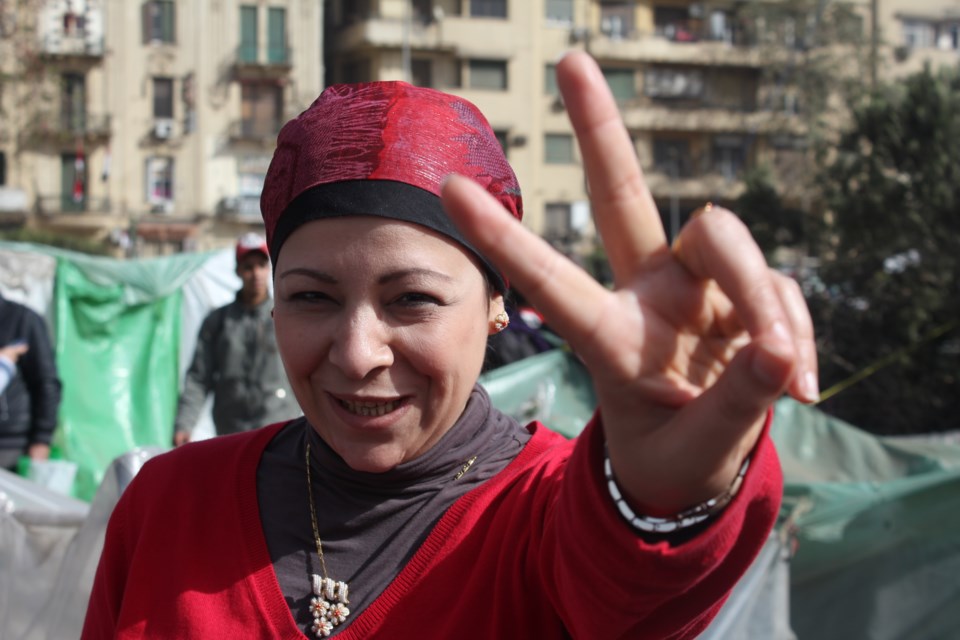For the most part, women in North America have it good, but March 8 is designated as International Women’s Day around the world to celebrate and support all women, including the ones who don’t enjoy as many rights.
This year’s theme is women as “agents of change,” which can mean anything a woman does to make a difference.
“I think being an ‘agent of change’ means leadership. It’s very important to the fabric of our community and demonstrates to other women to participate in anything they choose and shouldn’t be deterred because they’re a woman,” said Donna Harpauer, Social Services Minister and Minister responsible for the Status of Women.
In a Saskatchewan news release, some women in particular were pointed out:
• Sue Barber Q.C., senior partner in law firm MacDougall Gauley LLB and named to the prestigious Women’s Executive Network Canada’s Most Powerful Women, Top 100, Regina;
• Chief Tammy Cook-Searson, Lac La Ronge Indian Band and President of Kitsaki Management Limited Partnership, Lac La Ronge;
• Hayley Wickenheiser: five-time Olympic medalist in women’s hockey, Shaunavon; and
• Humboldt’s Brianne Theisen-Eaton, track and field heptathlon and pentathlon Olympian.
In 2009, Saskatchewan had the second highest percentage of employed women aged 15 years and older, beaten only by Alberta, according to Statistics Canada. While the majority of the national average of employed women are still concentrated in traditionally female occupations (e.g., teaching, nursing, clerical positions, etc.), the proportions have declined over the previous two decades. Women have also increased representation in several professional fields in the years leading up to the 2009 report, such as in the business and financial sectors.
“In the different names that were mentioned, they’re extremely diverse, from athletes to scientists to lawyers. There is no one field or stereotype that a woman is supposed to be,” said Harpauer. “We can be quite active in any field or any sport where we can be successful if we’re determined.”
International Women’s Day was initiated in 1975 to support equality and opportunity for women all around the world. In Saskatchewan in particular, the provincial government applied for a grant for the status of women and were speaking at a luncheon in honour of women, particularly women with disabilities. There were also a number of events that were held in the major centres.
“International Women’s Day means to stand by women for one day for all women. We’re doing it locally, but the whole intent is to have national awareness because women are not necessarily treated equally in all other countries and we do have issues of violence here in Canada that we should be aware of as well,” said Harpauer.
Statistics Canada has reported rates of women’s self-reported victimization every five years since 1999. Among those rates, it shows that over 65 women per 1,000 were physically assaulted in 2009 and that rate hadn’t changed much since 1999. Also in 2009, 201,614 women were victims of police-reported violence crimes.
Violence and gender inequality won’t go away any time soon, but Harpauer said anyone can be a supporter of women.
“It’s just your sentiment for the day; an act of kindness for a woman on that day (can show your support),” she said. “It could be a personal act of kindness or recognition of a women, just saying, ‘Hey, you do an awesome job.’”




